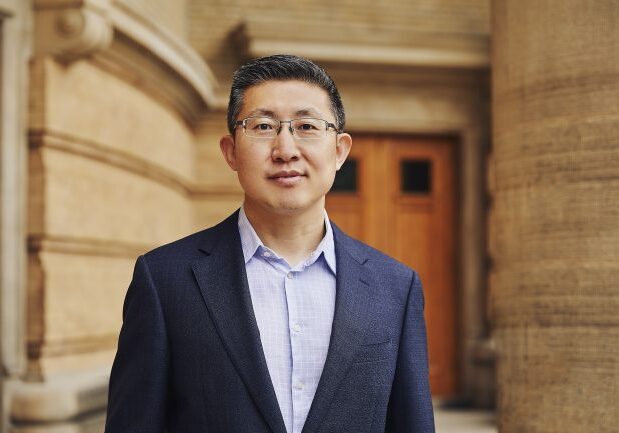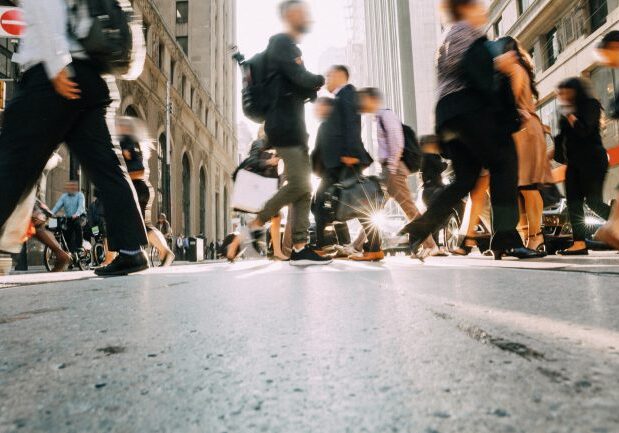
Digital fabrication design course brings engineering and architecture students together
Robot Made 2024 enabled undergraduate and graduate participants to engage in computational design and digital fabrication of timber systems
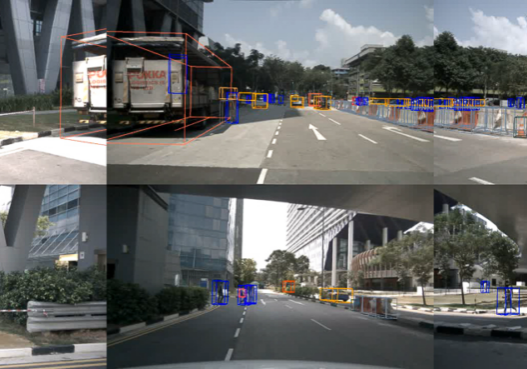
U of T Engineering researchers are making self-driving cars safer by enhancing tracking abilities
The research, led by Professor Steven Waslander (UTIAS), will be presented at the 2024 International Conference on Robotics and Automation in Japan
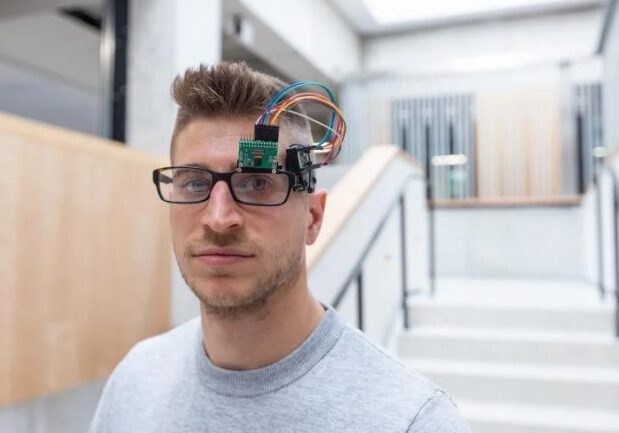
‘Bionic professor’ aims to transform the field of wearable robotics
Professor Brokoslaw Laschowski (MIE) is developing AI-powered technologies that interface with humans

U of T Engineering researchers advance magnetic microrobotic surgical tools for minimally invasive brain surgery
The team, led by Professor Eric Diller (MIE), is studying the feasibility of the tool for improving the precision of neurosurgery tasks
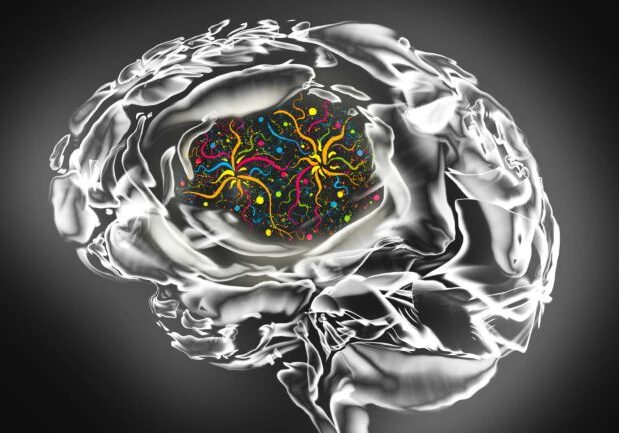
Robotic nano-surgery shown effective at treating aggressive brain cancer in mice
U of T Robotics and SickKids researchers are using nanorobotic swarm surgery to treat glioblastoma in multiple in vivo mouse trials


